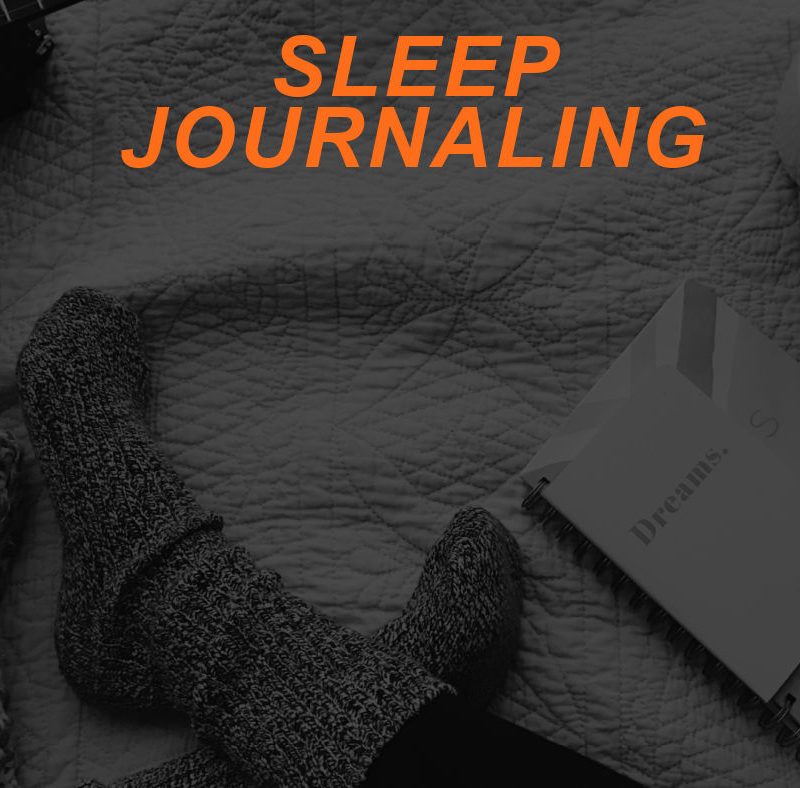
Using a sleep journal re-connects a person to their habits and can make a difference in one week. If your clients ever mention a rough night of sleep, that’s your cue to investigate this otherwise undercover aspect of health by using a sleep journal. Sleep is a powerful platform for meeting wellness goals, yet we don’t talk about it enough. Other than to say, “I’m tired”.
This is a modern-day mantra in need of a remedy.
Sleep is a personal subject, but worth examining. Lying horizontal for 1/3 of our lives is a biological need, every function in the human body is boosted by sleep. I could go on about sleep all day (and night) but you can read my other blogs on the science, so let’s get to the sleep journal, otherwise known as a diary or log.
This is where the magic happens.
How Do You Make a Sleep Journal?
A sleep journal is similar to a nutrition log. You can create it in a spreadsheet or download the one on this page for free. This same template can be found in the NFPT Sleep Coach Certificate Course. A person can also use the list below and a blank sheet of paper if a spreadsheet isn’t an option.
What to Include in a Sleep Journal
Wake-up time
Time you got out of bed
Total hours of sleep last night
Morning feelings
Total caffeine and time finished
Mid-day feelings
Time you finished eating today
Total alcohol and time finished
Time you turned off electronics
Time you started bedtime routine
Time you got into bed
Time you turned off lights
How long to fall asleep
# time awake during night
Total time awake at night
Sleep aids/pills used
Tips for Using a Sleep Journal with Clients
- Print the sleep journal or the list above for your client
- Review it with them
- Ask them to keep a record for a week and contact you with questions
- Review it together by asking questions about what your client observed
- Make one or two small suggestions aligned with your client (see below)
Let your client lead the way when reviewing their sleep. Listen for clues about what a person is ready to shift. Your role is less about choosing what to change and more about reinforcing their readiness with science and ideas for a smooth ride.
Example One: A client mentions that she noticed how nights without screens result in more restful sleep. You can help her brainstorm alternative activities to bedtime screens such as a jigsaw puzzle, meditation, shower, bath, stretching, reading a book, listening to an audiobook, knitting, sewing, etc.
Example Two: A client says when he has a busy day at work it’s harder to fall asleep at night and asks you if stress is causing this problem. You can inquire about his bedtime routine and what he does on the evenings of non-stressful days to wind down. From there, setting up a simple bedtime routine can be a beneficial way to support your client.
The sleep journal does a lot of the heavy lifting when it comes to sleeping better and you are right there as the support system needed to make helpful changes sustainable. Try using the sleep journal for yourself first and then with clients who seem interested in better sleep. Let me know how it goes!
You can find other blogs from NFPT that cover sleep science, cycles, and circadian rhythm.







